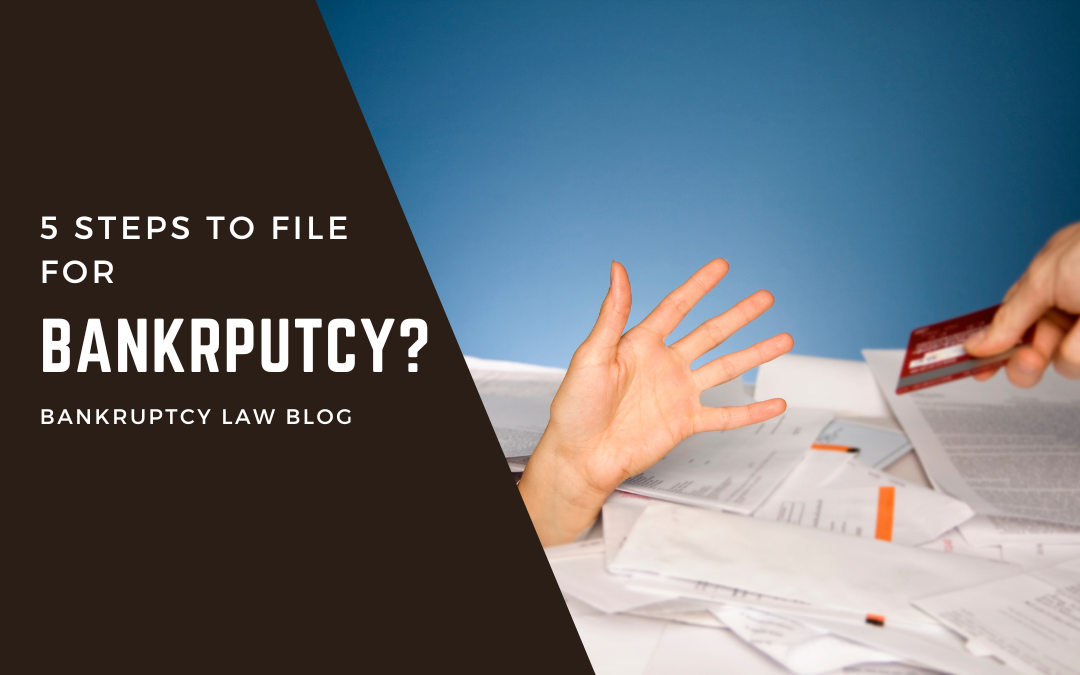Here are the five steps for filing bankruptcy.
1. Compile all of your financial records
Before filing for bankruptcy, you’ll want to gather all your financial records, including your debts, assets, income, and expenses. This information will give you, anyone assisting you like a bankruptcy lawyer, and the court a clear understanding of your situation.
2. Go to credit counseling before filing
You need to complete credit counseling within 180 days before filing for bankruptcy. This step lets the courts know that you’ve attempted all other possibilities before filing for bankruptcy.
You need to select an approved provider from the U.S. Courts website. You can often complete the counseling online or by phone. The certificate you receive from completing the counseling needs to be included in the bankruptcy paperwork you file, or your filing will be denied.
3. Hire a bankruptcy lawyer
If you’ve decided to hire a bankruptcy lawyer, you’ll want to initiate that step before filing your petition.
A bankruptcy lawyer can assist you with assessing your financial circumstances and advising you on your best options (including the type of bankruptcy to file). The lawyer will help you complete the necessary paperwork, meet deadlines, and follow all procedures and formalities of the court.
When researching lawyers, restrict your search to those who specialize in bankruptcy. Ideally, find at least three lawyers to talk to before choosing one.
Find referrals for lawyers from:
- Trusted friends or family
- Other lawyers you may have worked with or know
- An employer sponsored group legal plan, if available
- Your local bar association referral service, if available
When you meet with each of the lawyers, you’ll want to ask them:
- About their experience with situations similar to your case
- Their familiarity with local court rules and bankruptcy trustees
- What they charge and what services the fees cover
- How they and their staff will communicate with you during the process
4. File the petition
If you’ve hired a bankruptcy lawyer, they will assist you with filing your petition. Otherwise, you’ll need to file on your own.
If you’re representing yourself, make sure you fully understand both the federal and your state bankruptcy laws to ensure you fill out all paperwork correctly and understand what assets are exempt or you might negatively impact your case’s outcome.
5. Meet with creditors
After your petition is accepted, you’ll be assigned to a bankruptcy trustee. This person sets up a meeting with your creditors. While you are required to attend, the creditors are not. This meeting provides an opportunity for creditors to ask you or your court trustee questions about your case.

